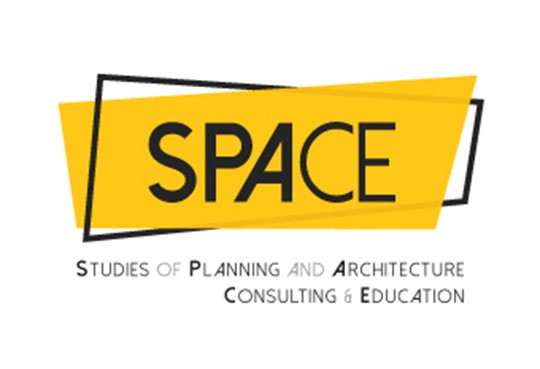We are happy to announce that REPAiR researchers Bob Geldermans, Alex Wandl, Cecilia Furlan and Rusne Sileryte (all from TUD), together with their colleagues Kozmo Meister (TUD), Michelle Steenmeijer (Circle Economy), and Carolin Bellstedt (Metabolism of Cities), will present a joint paper titled “Activity-Based Spatial Material Flow Analysis – Linking Resource Management To Spatial Planning” at the SPACE International Conference 2019 on City Planning and Urban Design, which will take place between 5th and 7th of July 2019 in London. Check for more details on the conference here. The conference program is available here,
We invite you here to read the abstract of the paper:
Activity-Based Spatial Material Flow Analysis – Linking Resource Management To Spatial Planning
Bob Geldermans1, Alex Wandl2, Cecilia Furlan3, Rusne Sileryte4, Kozmo Meister5, Michelle Steenmeijer6, Carolin Bellstedt7
1 MSc., Delft University of Technology, r.j.geldermans@tudelft.nl
2 MSc., Delft University of Technology, a.wandl@tudelft.nl
3 Dr., Delft University of Technology, c.furlan@tudelft.nl
4 MSc., Delft University of Technology, r.sileryte@tudelft.nl
5 BSc., Delft University of Technology, k.r.meister@tudelft.nl
6 MSc., Circle Economy, michelle.steenmeijer@gmail.com
7 MSc., Metabolism of Cities, carolin.bellstedt@gmail.com
ABSTRACT
This article addresses the Activity-based Spatial Material Flow Analysis (AS-MFA) methodology, as developed within the framework of the European Horizon 2020 project Resource management in Peri-urban Areas (REPAiR, 2016-2020}. The AS-MFA provides a detailed analysis of current material flows in geographically and administratively defined areas, using the system components: activities; activity-associated materials; actors and interrelations. Furthermore, the AS-MFA provides points of departure for the shift from ill-functioning, linear waste management pathways to effective circular resource management models, integrating material, spatial, and social factors.
The AS-MFA method follows a six-step iteration: 1) determination of material scope; 2) definition of the associated supply chain; 3) selection of geography and spatial scales; 4) definition of case-specific value chain; 5) modelling of the mass flows; 6) mapping and visualization of the results. While steps one, two and three are modelling choices, steps four and five require intensive prior data collection and processing. In step four, the local actors in the material chain, within the administrative boundaries of the focus area, are identified. Step five focuses on material flow data-collection and generation for the data driven model. In step 6, the results are visualised, using geographically embedded representations of flows between specific actors, alongside – more traditional – Sankey diagrams.
In a case-study, an AS-MFA has been applied to the Amsterdam Metropolitan Area (the Netherlands), specifically aimed at food waste on the neighbourhood level. The findings are promising, concerning locally-specific, evidence-based data as well as insightful geo-referenced visualisations. Knowledge of the geolocation of food waste generation and geolocation of the treatment plants allows to build a dynamic origin-destination network over the infrastructural system. This, in turn, reveals ‘hotspots’ for interventions. Making material flows spatially explicit on a local and regional territorial scale was found to greatly enhance associated decision-making processes.
Keywords: circular economy, spatial planning, resource management, waste, material flows


